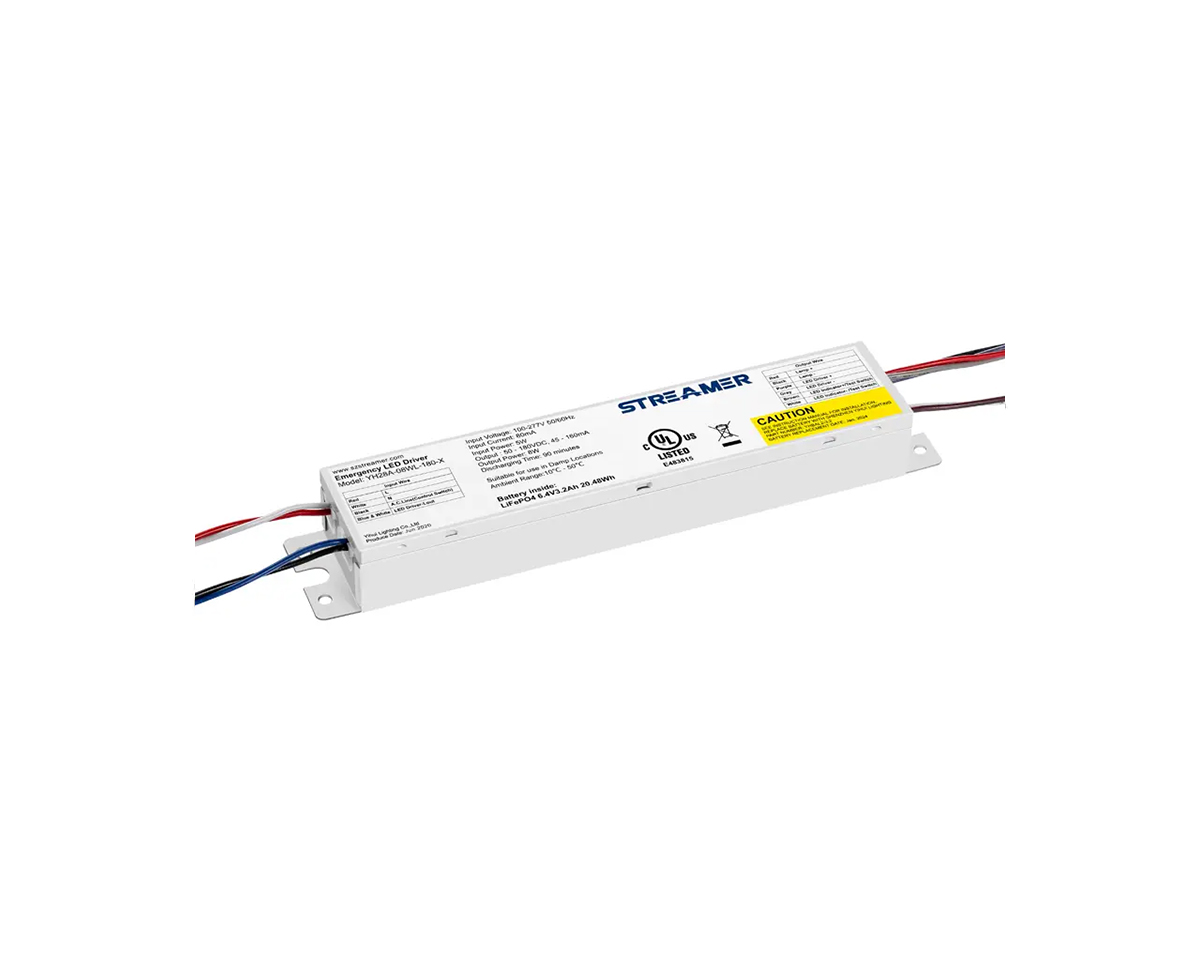 1
1
 May 05, 2025
May 05, 2025

The sealing process of an LED emergency converter is a critical step in ensuring its reliability and protection against external elements. A well-executed sealing process safeguards the internal components from moisture, dust, and other contaminants, preventing damage and ensuring the converter's long-term performance.
The sealing process begins with the selection of appropriate materials for the housing and seals. High-quality plastics or metals with excellent mechanical strength and chemical resistance are chosen for the housing. Rubber gaskets or O-rings made from elastomeric materials, such as silicone or EPDM (Ethylene Propylene Diene Monomer), are commonly used for sealing. These materials offer good elasticity, durability, and resistance to water, chemicals, and temperature variations.
Once the materials are selected, the housing is carefully designed and manufactured to ensure a proper fit for the seals. Precise machining and molding techniques are employed to create smooth surfaces and accurate dimensions, which are essential for achieving a tight seal. The seals are then installed in the designated grooves or channels on the housing, ensuring that they are properly seated and compressed when the housing is assembled.
In addition to the housing seals, other components within the LED emergency converter also require sealing. Electrical connectors are often sealed with rubber boots or locking mechanisms to prevent water and dust from entering the connection points. Circuit boards are coated with a conformal coating, which is a thin, protective layer applied to the surface of the board. This coating fills in any gaps or crevices, providing a barrier against moisture, dust, and other contaminants.
The sealing process also involves quality control measures to ensure the effectiveness of the seals. Pressure testing and leak detection methods are commonly used to verify that the converter is properly sealed. During pressure testing, the converter is subjected to a specific pressure level, and any leaks are detected using sensitive instruments. Leak detection methods, such as helium mass spectrometry, can identify even the smallest leaks, ensuring that the converter meets the required sealing standards.